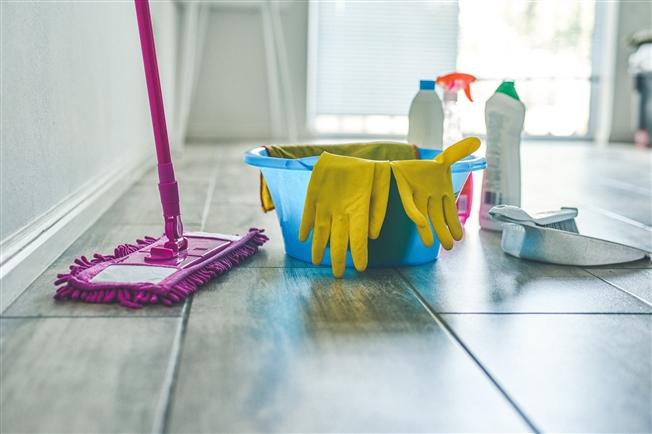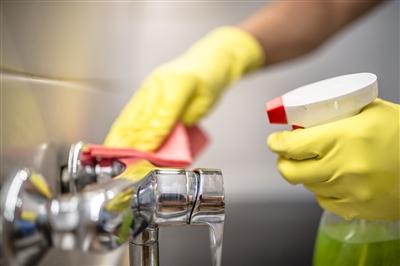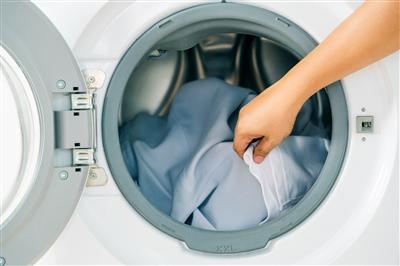What’s the best way to disinfect your house after being sick?

When you or someone you live with is getting over an illness, you’re eager to stop it from spreading. A thorough cleaning of your living area can help eliminate germs and prevent the likelihood that someone else that you live with gets sick, too.
Before you begin your cleaning spree, follow these tips to make sure you’re getting to all the places germs can hide…and doing so effectively.
Start with frequently-touched items and surfaces
Think about the surfaces or items that you touch most often and start with those. These can include:
- Electronics (TV remotes, tablets, video game controllers, cell phones, keyboards, etc.)
- Doorknobs
- Light switches
- Countertops and bedside tables
- Refrigerator handles or cabinet knobs
- The handles on sinks or toilets
- Bedding, blankets or stuffed animals
“Focus on ‘hot spots’ where you would spend most of your time if you were sick. For most people, this is the kitchen, bathroom and bedroom as well as any common living areas,” explains Lindsey E. Cobbett, MD, a primary care doctor at Main Line Health.
Start with soap and water

“To effectively disinfect an item, use an alcohol-based solution with at least 70% alcohol or a bleach and water solution,” advises Dr. Cobbett. You can prepare a bleach solution at home by mixing four teaspoons of bleach with one quart of water.
Let some fresh air in
Even during chilly weather, it can be helpful to open the windows during your post-sickness cleaning. During the winter months especially, germs, dust, bacteria and dander are recycled through air vents in our homes. The more time you spend inside, the more you’re exposed to these germs.
Try opening a few windows to allow some fresh air in. Not only will this reduce your risk of exposure to germs, but it can also alleviate the concentrated smell of cleaning products.
Don’t reuse cleaning products
If you’re disinfecting your house after being sick, make sure you’re not spreading sickness as you do it! Use a new wipe or rag every time you clean a different surface to ensure you’re not spreading germs around. Whenever possible, opt to use disinfectant wipes or cloth rags/towels instead of sponges to clean surfaces in your home. Sponges can absorb and trap bacteria that can be easily spread.
Wear gloves
Wear disposable gloves when you clean, especially if it’s after you or someone in your home was sick. When you’re finished cleaning, dispose of your gloves and wash your hands thoroughly with soap and warm water.
Wash on warm

While steps like these can help you disinfect your home after someone is sick, there are little things you can do every day to protect yourself from the spread of germs, including:
- Washing your hands with soap and warm water for 20 seconds. In a pinch, a hand sanitizer with at least 60% alcohol will work.
- Covering your mouth and nose when you sneeze or cough. After you use a tissue, discard it right away.
- Avoid touching your face, eyes, mouth or nose. This can cause germs to spread more easily.
- Frequently disinfect items and surfaces you use regularly at work.
Main Line Health serves patients at hospitals and health centers throughout the western suburbs of Philadelphia. To schedule an appointment with a specialist at Main Line Health, call 1.866.CALL.MLH (225.5654).
 Content you want, delivered to your inbox
Content you want, delivered to your inbox
Want to get the latest health and wellness articles delivered right to your inbox?
Subscribe to the Well Ahead Newsletter.
